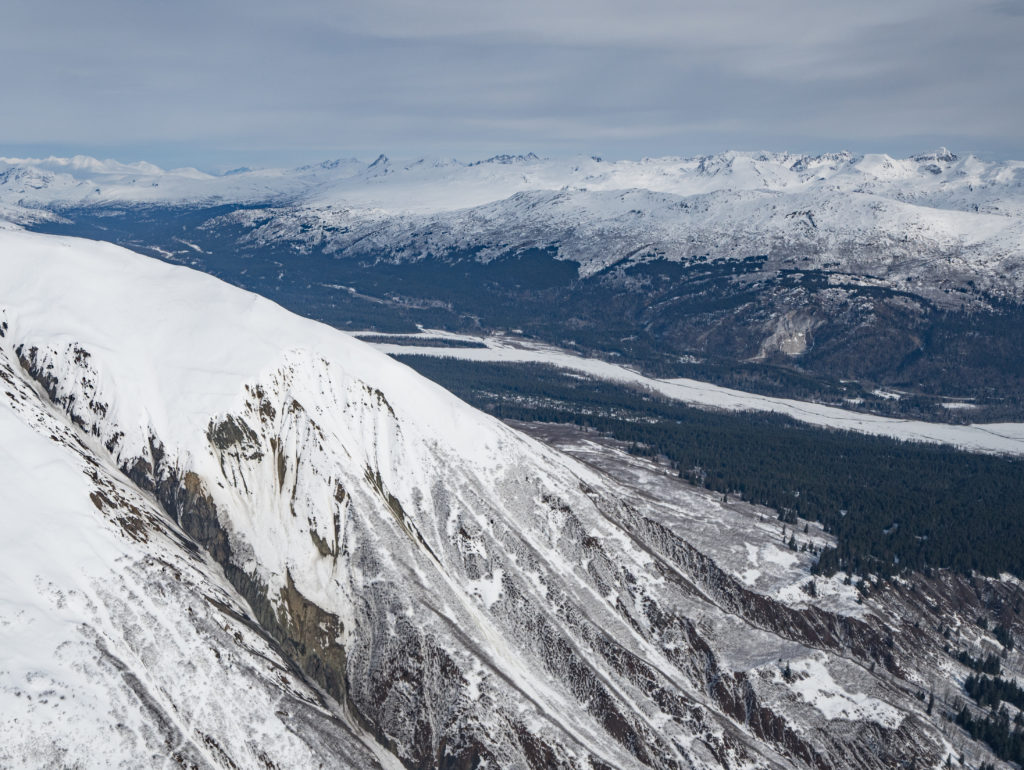
The Takshanuk Watershed Council and the Chilkat Indian Village of Klukwan have been working together to collect baseline water quality data in Glacier Creek and the Klehini River, which flow into the Chilkat River.
The project is in response to ongoing mineral exploration in the area, and the need to record baseline conditions in the waters before a large-scale mine is developed.
Ensuring that the Chilkat River, the traditional subsistence fishing grounds for her people, remains pristine, is a top priority for her community, said Kimberly Strong, tribal president of Chilkat Indian Village of Klukwan
Klukwan partnered with local conservation organization Takshanuk Watershed Council to carry out baseline water quality testing.
“Since there was no baseline testing being done by DEC, there is baseline testing done by the mining company or the exploration company, we felt that there should be some testing done by non-mining interests,” Strong said.
The State of Alaska and the Bureau of Land Management does not collect baseline water quality data during mineral exploration.
Canadian mining company Constantine Metal Resources has been exploring at the nearby Palmer Project, a potential hard-rock underground mine for years and is collecting data for its own uses, but treats the information as proprietary, and has so far refused to make the data fully available to the public.
Klukwan wants to ensure ensuring that their traditional subsistence fishery remains strong as well as the regional economies of commercial fishing and tourism, Strong said.
“We need help protecting the Chilkat River,” she said. “And, though we have been doing the water testing for the last year and a half, it is still not apparent to everybody who lives in our Valley the importance of the Chilkat River as a renewable, sustainable resource and the economic base that it brings to our fishermen.”
Takshanuk Watershed Council science director Derek Poinsette coordinates the water quality testing partnership with Klukwan’s environmental department.
The water quality project began in 2016 and a final plan was approved and filed with the Environmental Protection Agency by the end of the year.
Water quality sampling started in December 2017.
“The plan now is to try to go out four times a year and to try to get the whole range of weather and flow conditions represented in those samples, and we need to go for five years to get a good solid set of data that then would be useful,” Poinsette said.
Three sites are being sampled: Lower Glacier Creek, the Klehini River upstream of Glacier Creek, and the Klehini River downstream of Glacier Creek at the 26-Mile bridge.
Parameters being recorded include both a dissolved and total metals analysis of 27 elements, including copper, silver, lead, zinc, and mercury; also hydrocarbons (petroleum), sulfates, total organic carbon, total suspended solids, and basic water quality parameters such as conductivity, pH, alkalinity, hardness, turbidity and dissolved oxygen.
Gathering the baseline water quality data now is critical, he said.
“Now is the time that we need to be out there getting the information before the impacts get too great,” Pointsette said.
All information will be shared publicly via EPA and DEC online databases.
Should industrial development occur, baseline water quality data could be used to set discharge permit limits, provide guidance in monitoring standards and practices, and it would provide a point of reference that can guide cleanup and restoration efforts in the event of a tailings spill or other accident.
The water quality testing will cost around $10,000 per year in lab fee alone.
In order to fund the endeavor, Takshanuk Watershed Council and Chilkat Indian Village of Klukwan are soliciting donations from the public.
